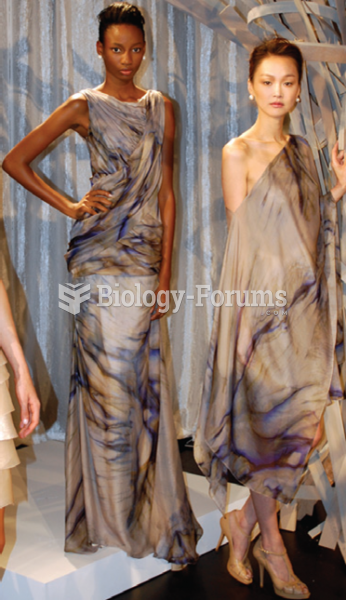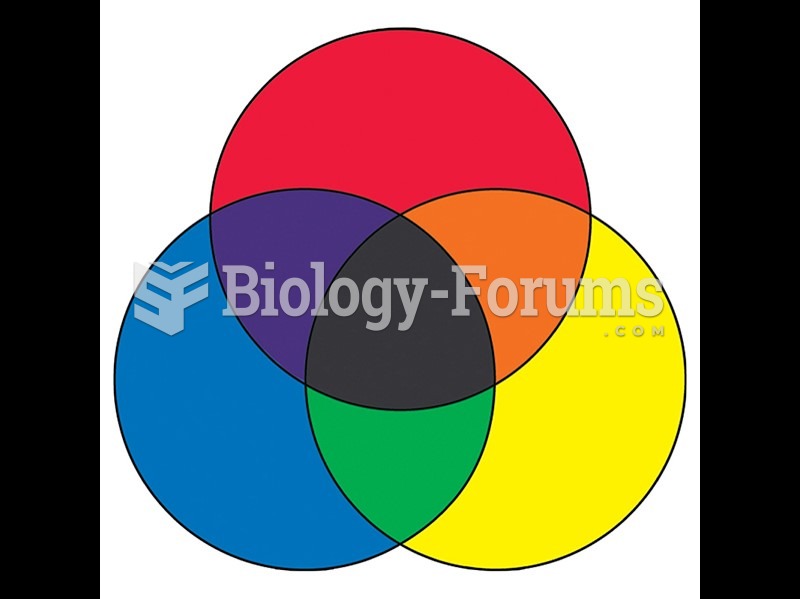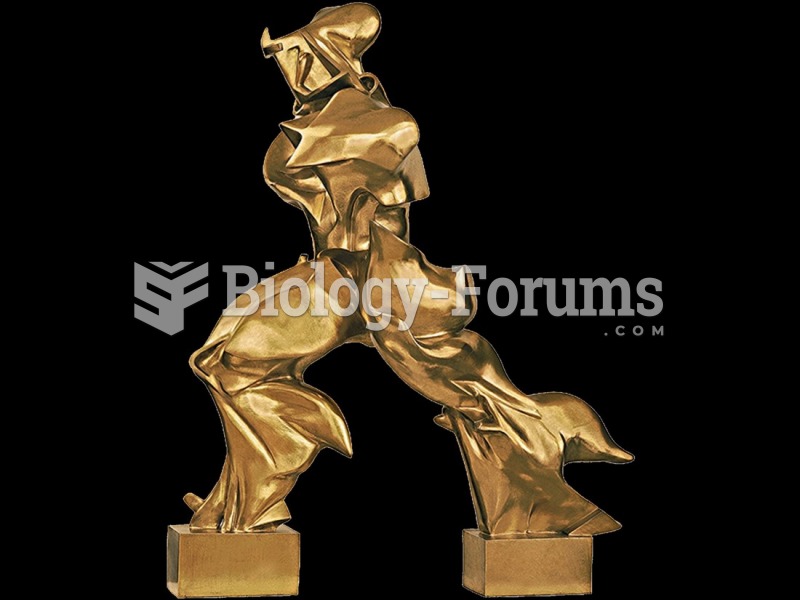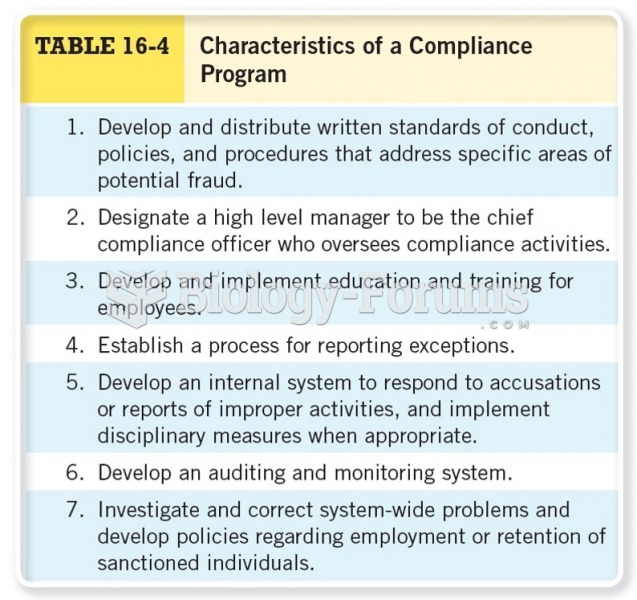Answer to Question 1
Rembrandt's Anabaptist upbringing, characterized by a fundamentalist approach to Scripture and a solemn attention to the role of individual conscience, contributed to his unique style. In his religious works, he often chose subjects that were uncommon in Catholic art, focusing on the human, and even intimately personal, aspects of Old and New Testament stories. His sympathetic and largely unidealized treatment of sacred subject matter captured the spirit of Protestant devotionalism. He would often use people he saw walking the streets of Amsterdam in his religious paintings, bringing the biblical story into his own time and place. Rembrandt learned much about theatrical staging from the Italian baroque master Caravaggio; he used contrasts of light and dark areas for dramatic effect and rich areas of bright impastocontrast with dark, brooding passages, created by way of thinly brushed layers of oil paint.
Answer to Question 2
German music in the Protestant North is among the most marvelous creations in all the arts. The careers of two extraordinary German composers, George Frideric Handel and Johann Sebastian Bach, represent the flowering of the baroque style in Northern European music.
Handel, who moved to and achieved fame in England, created works in almost all genres, but is best known for his oratorios. In his lifetime, Handel composed more than thirty oratorios. Like the works of Rembrandt and Milton, Handel's music brought Scripture to life. The most famous of Handel's oratorios is Messiah, which was written in the English of the King James Bible. One of the most moving pieces of choral music ever written, Messiah celebrates the birth, death, and resurrection of Jesus. Messiah is typical of the baroque sensibility: indeed, the epic proportions of its score and libretto call to mind Milton's Paradise Lost. It is also baroque in its style, which features vigorous contrasts of tempo and dynamics and dramatic interaction between participating ensembles solo voices, chorus, and instruments. A master of theatrical effects, Handel made use of word painting and other affective devices throughout the piece.
Unlike the cosmopolitan Handel, Bach never strayed more than a couple of hundred miles from his birthplace. A pious Protestant, Luther's teachings and Lutheran hymn tunes were Bach's major sources of religious inspiration. Bach's religious vocal music included such forms as the oratorio, the Mass, and the cantata. Unparalleled in their florid counterpoint, Bach's cantatas were inspired by the simple melodies of Lutheran chorales, with their regular rhythms and rugged melodies. One of his finest works, the Passion According to Saint Matthew, an oratorio written in 1727 for the Good Friday service at the church of Saint Thomas in Leipzig, consists of the sung texts of chapters 26 and 27 of Matthew's Gospel, which describe Christ's Passion: the events between the Last Supper and the Resurrection. Bach's oratorio conveys the devotional spirit of the Protestant North in its imaginative use of Scripture, as well as in its compositional complexity.







